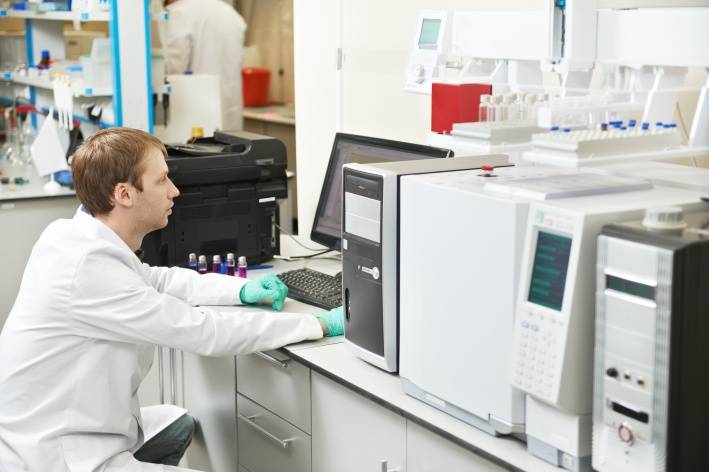Data Mining and Machine Learning are two closely related terms that have a similar origin. Lot of people use these two terms interchangeably, assuming that both the terms have similar meanings.
Origin and Development
Machine learning evolved to support the requirements of artificial intelligence in machines. The main purpose of developing machine learning is to help the machines in acquiring new information and learning new skills. Machine learning came into existence with the invention of perceptron model in 1957. It further laid the foundation for the development of neural network model which dominated during 1980’s. It was followed by SVM in 1990’s that still continues to be applied widely in several industries.

Understand the Difference
Data mining has evolved from the knowledge of databases. Data mining is very helpful in presenting practical solutions for complex industrial problems.
Machine Learning is about studying, designing as well as developing algorithms which let the computer learn in the absence of explicit programming.Whereas, Data Mining is the process in which unstructured data is used to extract interesting patterns for knowledge enhancement and new insights. However, it is interesting to note that in the process of Data Mining, use of machine Learning algorithms might happen. The use of Machine Learning can be done in DM for clustering or classification. Machine learning is like a bag of tools which can be used to derive patterns from Data Mining activity.
ML is generic in nature and finds its application in varied settings. The emphasis of Data mining is more on utilization of data available from a specific source. Data Mining, at times, is also used to drive development of ML algorithms.
Conclusion
Machine Learning provides a strong foundation for understanding the basics of Data Mining. Both of them can be applied effectively for solving various types of complex problems. There are strong similarities between the two terms and there is a strong possibility that these two terms would continue to exist together in future.
{{cta(‘dc873849-8f8c-4c79-a890-5652bb0b20c2’)}}



